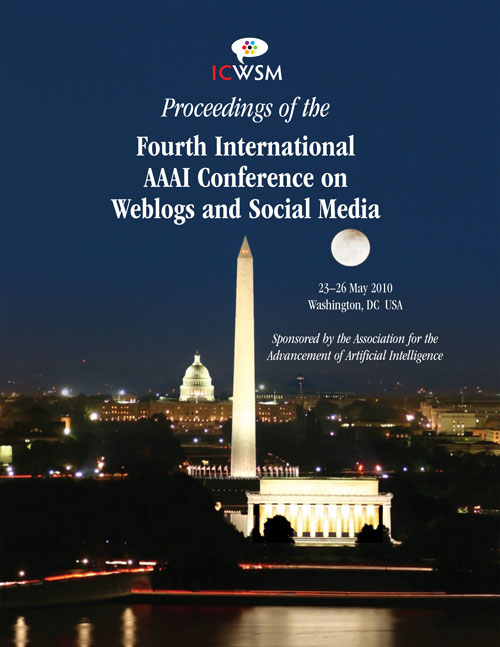Modeling Group Dynamics in Virtual Worlds
DOI:
https://doi.org/10.1609/icwsm.v4i1.14036Keywords:
Conversational Agents, Social Network Analysis, Virtual Worlds, Group BehaviorAbstract
In this study, we examine human social interactions within virtual worlds and address the question of how group interactions are affected by the game environment. To investigate this problem, we introduced a set of conversational agents into the social environment of Second Life, a massively multi-player online environment that allows users to construct and inhabit their own 3D world. Our agents were created to be sufficiently lifelike to casual observers, so as not to perturb neighboring social interactions. Using our partitioning algorithm, we separated continuous public chat logs from each region into separate conversations which were used to construct a social network of the participants. Unlike many groups formed in communities and workplaces, groups in Second Life can be rapidly-forming (arising from few interactions), persistent (remaining stable over a long period), and are less affected by socio-cultural influences. In this paper, we analyze regional differences in Second Life by measuring characteristics of the network as a whole, determined from the statistics mined from public conversations in the virtual world, rather than focusing on egocentric actors and their attributes.

